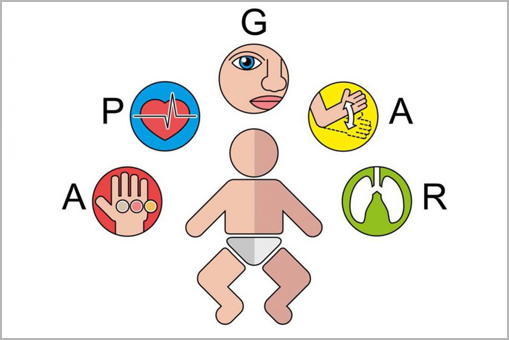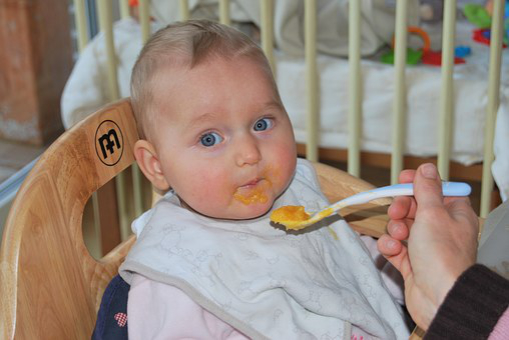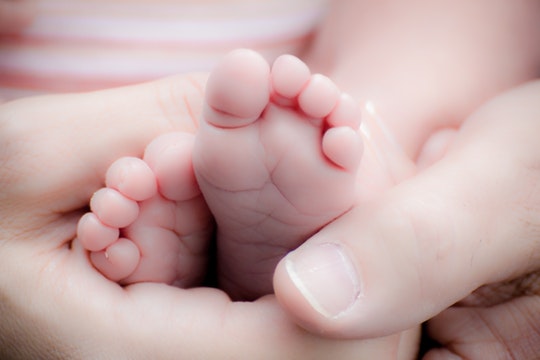General recommendations (based on the US Center for Disease Control and Prevention recommendations)
Handwashing
Handwashing effectively prevents the spread of germs (bacteria, viruses and parasites) and as such represents the most important part of daily hygiene. Adopting the proper handwashing technique among children (and the whole family) provides effective protection against numerous diseases – infections of the respiratory and digestive tracts. In developed communities, diarrhoea caused by unhealthy water and food is rare. Instead, germs are most commonly transmitted by hands.
Washing your hands with clean, running water and soap (liquid soap is recommended over ordinary soap) provides the best protection. However, if water and soap are temporarily unavailable, hand sanitisers (liquid or gel) can also provide good protection.
When should you wash your hands?
- Before, during and after preparing food
- Before eating
- Before and after infant care
- After blowing your nose, coughing or sneezing
- After using the toilet
- Before and after caring for a sick person
- After changing diapers or wiping a child who has used the toilet
- After handling garbage
- After handling money
- Before and after treating a wound (cut, scratch, burn)
How should you wash your hands?
- Wet your hands with clean running water (cold or warm) and apply soap.
- Lather your hands by rubbing them together with the soap. Make sure the backs of your hands, the area between the fingers and under the nails are thoroughly lathered as well.
- Scrub your hands for at least 20 seconds (the approximate time needed to hum “Happy Birthday” from beginning to end twice).
- Rinse your hands thoroughly under clean, running water.
- Dry your hands using a clean towel (paper towels are the safest, but an ordinary towel can also be used) or air dry them.
- Use a paper towel to turn off the faucet.

Washing your hands with soap and water is the most effective way to reduce the number of germs on them. If soap and water are not available, use a hand sanitiser and thoroughly rub it over all surfaces of your hands and fingers (pay special attention to the palms, the backs of the palms, the area between the fingers and under the fingernails). Alcohol-based disinfectants (with a minimum of 60% alcohol) quickly reduce the number of germs, but do not to eliminate all types of germs. Furthermore, they are less effective on visibly dirty hands. Look for disinfectants with an increased power of eliminating microorganisms, especially if you find yourself in areas with lower hygiene levels. To additionally prevent the transmission of germs, avoid putting your hands or various objects into your mouth. This lesson is particularly important for children.
What does science have to say about the effectiveness of preventing “the dirty hand disease”?
Numerous studies have shown the undisputable link between infections of the skin, the digestive and respiratory tracts on the one hand, and insufficient hygiene on the other. Among preschool children, an estimated 75% of respiratory tract infections are spread by hands. In addition to washing the hands with running water and soap, coughing and sneezing into your sleeve (into the elbow) also significantly reduces the spread of germs (putting your palm or handkerchief over your mouth and nose is less efficient). Cloth handkerchiefs are less efficient than paper tissues. Applying hand sanitiser after you have washed your hands with water and soap reduces germ transmission by an additional 30%, which is why this practice is recommended in institutions such as hospitals and places where children come together in groups. Disinfecting toys and work surfaces in kindergartens also has a measurable protective effect. Infrequent washing of bed linen in nurseries and kindergartens (less than once a week) is linked to a higher frequency of respiratory tract inflammations.
Appropriate education of children on these topics reduces the frequency of infectious diseases.






